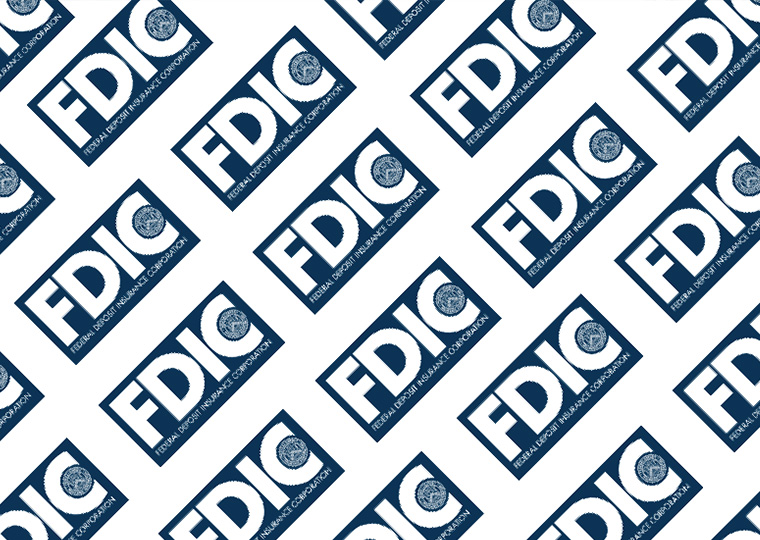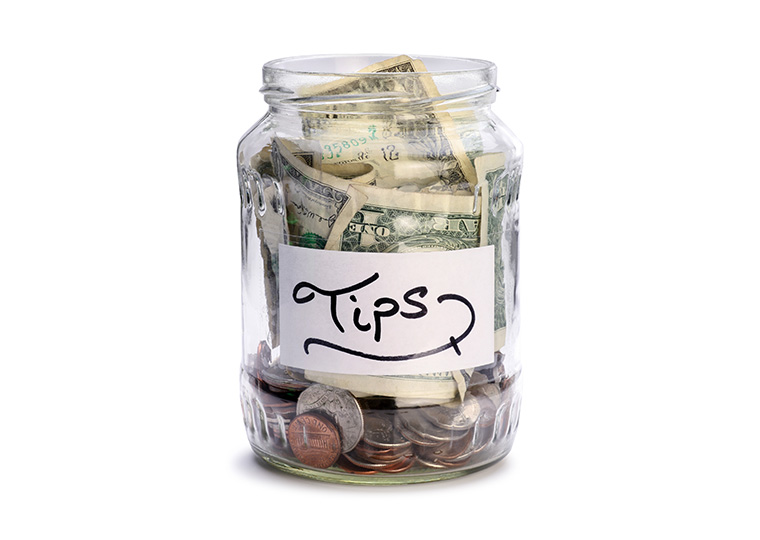Bidders sacrifice a better price to avoid ending up with nothing
Online marketplaces have vastly expanded the opportunities for consumers to offer their own price for items, while merchants and researchers are still learning the role of human behavior in bidding activity. Understanding this behavior is relevant whether you’re buying a car, buying a home, bidding for an airline upgrade or haggling at a garage sale.
In many bidding opportunities, there is a cost to participate. This includes entry fees and commissions, as well as time and the opportunity costs of participating. If you want to win the handbag being offered, those costs, as well as the price you bid for the item, together account for the total cost, right?
A paper published in International Journal of Research in Marketing finds that many people don’t see it that way — instead viewing the various costs to participate in bidding as a separate mental task from coming up with the bid amount. The study, by UCLA Anderson’s Robert Zeithammer, Julius-Maximilians-Universität Würzburg’s Lucas Stich, LMU Munich’s Martin Spann and University of Alberta’s Gerald Häubl, could help companies better understand the thinking of their customers and potentially assist those active in bidding.
In for a Dime, in for a Dollar
The authors find that those who participate in placing a bid for an item or service harbor two distinct decision-making personas — each emerging at different stages of the bidding process and approaching risk with quite different attitudes. This behavior flies in the face of traditional economic models, which assume that people make consistent, rational decisions based on a single set of preferences.
“Our findings reveal a preference inconsistency, whereby the preferences implied by one of the decisions do not align with the preferences implied by the other.”
The researchers tried to resolve this anomaly by offering bidders decision aids and changing the order of the decisions for entering the bidding and offering a price but conclude that the inconsistency is a robust feature of decision making in this type of bidding scenario. Instead of solving the inconsistency, the researchers highlight the challenges of designing interfaces and econometric models to better accommodate such consumer behaviors.
The inconsistent behavior results in a bidding participant seeming confident or even overly eager when it comes to committing to the entry cost, only to unexpectedly become cautious and risk averse when placing a bid.
When consumers place a bid on a product, they trade off the chance of winning (increasing the bid amount) against the potential price savings (decreasing in the bid amount). More risk-averse behavior in this context means bidding higher to increase the chance of winning (i.e., avoid the “risk” of walking away empty-handed), even though this leads to a lower expected price saving.
For example, consider a buyer interested in purchasing a used moped from a private seller. After doing some research, the buyer values the moped at $1,000, but there is a $50 cost to travel to and from the seller’s location, and a cost to perhaps take the moped to a mechanic to have it checked out. (Whether or not the seller agrees to part with the moped, the buyer has to incur these costs to participate in the market.) The seller has a reserve price, which is the lowest price they are willing to accept, but the buyer doesn’t know this price. If the buyer offers $800 and seller’s reserve price is below $800 (and thus accepts the offer), the price savings relative to paying $1000 are:
Buyer’s Moped Valuation ($1,000) – Offer Price ($800) – Entry Cost ($50) = savings of $150.
But if the seller’s reserve price is above $800, the buyer would lose the deal and pay only the entry cost, which results in a loss of $50.
The research team’s economic model assumes there is an equal chance the seller’s reserve price is anywhere between $0 and $1,000, and trains the research participants to understand this assumption. So 80% of the time the above buyer saves $150, and 20% of the time he loses $50, resulting in an expected saving of $110.
The above $800 offer is actually evidence of risk aversion because a risk-neutral buyer, who cares only about maximizing their overall expected price saving, should offer half of their valuation, or $500.(The 50% level isn’t arbitrary; it’s a rule derived from economic theory for a risk-neutral bidder in this type of bidding situation). Such a risk-neutral bidder would get an expected saving of $200 — much more than the above bid of $800 obtains. But this improvement obviously comes at the cost of losing the $50 much more often — something risk-averse buyers dislike. Zeithammer, Stich, Spann and Häubl found that the risk-averse model captures consumer bidding behavior better than the risk-neutral one.
But there is another way risk-averse buyers differ from risk-neutral ones. Risk-averse buyers should be much more reluctant to enter the market in the first place, i.e., much more reluctant to spend the $50 to inspect the moped and travel to the seller’s location. However, Zeithammer, Stich, Spann and Häubl do not find such a reluctance. Instead, the research team finds that the risk-neutral model actually described entry behavior very well. In other words, the same people who tend to bid quite high and avoid losing the moped are not correspondingly cautious with playing the bidding game in the first place.
“The risk-neutral model implies buyers should offer half their valuations regardless of the submission-cost amount whenever they enter.”
The conflicting risk personas of the bidder when facing the entry costs and when placing the actual bid persisted across each of the experiments they conducted. The data for their study come from a series of controlled experiments in which participants were presented with varying costs and valuations of an item and then given the opportunity to make a bid to a simulated seller with a hidden reserve price.
The data extracted from the experiments included offer amounts, entry decisions, perceived acceptance probabilities, and demographic information. The participants came from Amazon’s Mechanical Turk and between 217 to 243 people were included in each of the three experiments.
You Realize That Bid Is too High, Right?
Zeithammer, Stich, Spann and Häubl varied factors, such as the valuation of the product that subjects bid for, submission costs and the presence of decision aids, over multiple rounds. They also manipulated the order of the two decisions — whether to enter the bidding and how much to bid. From a rational economic perspective, a person should decide first on the price, then decide on entry. The price decision should come first so that the participant can evaluate the potential utility they will gain if their offer is accepted. This knowledge is needed to make a decision on whether it is worth bidding or not. With their decision aids and manipulation of the order of the decisions, the researchers sought to isolate specific behavioral biases and inconsistencies.
Statistical models were applied to analyze the data and the researchers found that participants consistently entered the bidding process more often than economic models would predict, given the costs involved to enter. And participants often offered amounts that were too high. This inconsistency persisted even when participants were given the decision aids showing the probability of their offers being accepted. It also occurred when the order of their decisions was altered to encourage participants to think about their offer amount before deciding whether to take part in the bidding.
Participants appeared to treat the decisions “whether to bid” and “how much to bid” as separate mental tasks rather than two parts of a single, rational choice. In the study, the researchers ruled out several potential explanations for the observed inconsistency. These included: joy of winning, joy of playing, participant fatigue, sunk cost fallacy (a tendency to continue an action because money, time or effort has already been invested) and narrow bracketing (evaluating decisions as separate rather than related).
“Our results suggest that the inconsistency is a robust feature of decision-making in costly participative pricing, not a bug that somehow needs to be fixed,” the researchers concluded. Understanding this internal inconsistency has implications for online marketplaces, like eBay and StockX, which rely on consumer bids and offers. The researchers’ work suggests that these platforms could benefit from designing interfaces that account for inconsistent consumer behavior and encourage more rational decision-making.
Featured Faculty
-
Robert Zeithammer
Professor of Marketing
About the Research
Zeithammer, R., Stich, L., Spann, M., & Häubl, G. (2024). Strange Case of Dr. Bidder and Mr. Entrant: Consumer Preference Inconsistencies in Costly Price Offers. International Journal of Research in Marketing.






